Legacy Standard Bible – LSB
Copyright ©2021 by The Lockman Foundation
All rights reserved. Managed in partnership with
Three Sixteen Publishing Inc.
LSBible.org
LSB Hebrew-Aramaic & Greek Dictionaries
Copyright © 2021 by The Lockman Foundation
All rights reserved. Managed in partnership with
Three Sixteen Publishing Inc.
LSBible.org
FOREWORD
In the history of English Bible translations, the King James Version is the most well-known. The time-honored version of 1611, itself a revision of the Bishops’ Bible of 1568, became the basis for the English Revised Version, which appeared in 1881 (New Testament) and 1885 (Old Testament). Its American counterpart, a product of both British and American scholarship, was published in 1901. Recognizing the values of the American Standard Version, The Lockman Foundation felt an urgency to preserve the ASV while incorporating recent discoveries of Hebrew and Greek textual sources and rendering it into more current English. This resulted in the New American Standard Bible, a translation based upon the time-honored principles of translation of the ASV and KJV, along with other linguistic tools and biblical scholarship.
The Legacy Standard Bible reflects another iteration of such preservation and refinement. Worked on by a core translation team in conjunction with pastors and educators from different countries, it is designed to honor, maintain, and advance the tradition represented by the NASB.
Principles of Translation
Key Principles: The Legacy Standard Bible has worked to uphold the style and translational choices of the NASB as much as possible. Even more, it has endeavored to follow through on the NASB’s stated intent to be true to the original Hebrew, Aramaic, and Greek. While the interpreter, teacher, and pastor have the goal of understanding what the text means, the translator is to provide them with what the text says. Consistently, the goal of this translation is to be a window into the original text. Within that goal, this revision has focused upon accuracy and consistency. It has checked that words and grammar have been carried over properly. It also established rules for the consistent translation of terms within their various nuances. This allows the reader to more easily reconstruct what the original texts said. It also helps the reader more easily trace the flow of argument within a text, identify when the same word is used in another passage, and make connections between texts.
There are limits to the application of this philosophy. In this edition,
a word might not be translated consistently in order to maintain a highly familiar rendering of a text or to preserve a word play in the text that advances the inspired author’s message. Moreover, because Scripture is a literary masterpiece, some linguistic features could not be transferred to this translation, not even by a note. Nevertheless, ensuring that the original languages are precisely rendered paves the way for careful readers to discover these insights for themselves.
In this way, the LSB upholds the philosophy that a translation does not replace pastors or teachers but rather depends upon faithful believers and the church to study and live out what has been written (Acts 8:30-31). Translation is a tool for the church and must be done in that context so that each word of Scripture may be taught and lived.
Modern English Usage: The attempt has been made to render the grammar and terminology in contemporary English. When word-for-word literalness was determined unacceptable to the modern reader, a change was made in the direction of a more current English idiom. In the instances where this has been done, the more literal rendering has been indicated in the notes. There are a few exceptions to this procedure. Of note, while an effort has been made to incorporate conjunctions as much as possible, the conjunction “and” is occasionally not translated at the beginning of sentences because of differences in style between ancient and modern writing. Punctuation is a relatively modern invention, and ancient writers often linked most of their sentences with “and” or other connectives.
Alternative Readings: In addition to the more literal renderings, notations have been made to include readings of variant manuscripts, explanatory equivalents of the text, and alternate translations that may bring out a play on words difficult to maintain in the text. These notations have been used specifically to assist the reader in comprehending the terms used by the original author.
Names of God: In the Scriptures, the name of God is significant and understandably so. Traditionally, the translation “God” renders the Hebrew word Elohim. Likewise, the word “Lord” is a translation of Adonai. In the LSB, God’s covenant name is rendered as Yahweh. The meaning and implication of this name is God’s self-deriving, ongoing, and never-ending existence. Exodus 3:14–15 shows that God Himself considered it important for His people to know His name. The effect of revealing God’s name is His distinction from other gods and His expression of intimacy with the nation of Israel. Such a dynamic is a prevalent characteristic of the Scriptures as Yahweh appears in the OT over 6,800 times.
In addition to Yahweh, the full name of God, the OT also includes references to God by a shorter version of His name, Yah. By itself, God’s name “Yah” may not be as familiar, but the appearance of it is recognizable in Hebrew names and words (e.g. Zechar-iah, meaning Yah remembers, and Hallelu-jah, meaning praise Yah!). God’s shortened name “Yah” is predominantly found in poetry and praise.
The translation “Yahweh” is substantiated by scholarly reconstruction as well as by historical discussions in Theodoret, Epiphanius, Clement of Alexandria, Origen, and Aquila. Consequently, those latter individuals affirm the usage of God’s covenant name in the period of the early church. Preserving this in translation foundationally records what is present in the OT text. It also allows proper distinction between God’s personal name and the title “Lord” (Adonai), which emphasizes God’s authority. Even more, it helps the reader to engage God with the name which He gifted to His people. Thus, the reintroduction of God’s personal name into the translation of the OT is a feature that enhances the precision, intensity, and clarity of the biblical text in English.
The NT uses the term “Lord” (Kurios) to translate Yahweh. The LSB maintains the translation “Lord” and does not change those instances to Yahweh. In cases when “Lord” explicitly translates Yahweh in a quotation of the OT, a footnote is provided stating such. Nevertheless, the LSB maintains the translation of “Lord” in the NT for the same reason it upholds Yahweh in the OT: because that is what is written in the original text. Just as translations preserve the distinct wording between an OT passage and its quotation in the NT, so this distinction is preserved.
While there may be several factors behind this shift from Yahweh to Lord, for the apostles, one purpose centers on the declaration that Jesus Christ is Lord. Because the NT writers rendered Yahweh as Lord, they showed that Jesus is both Lord over all (even over Caesar, Acts 25:26) and none other than Yahweh Himself (Acts 2:25, 34, 36). Hence, the term “Lord” is a profound title showing Christ’s supremacy in heaven and earth. That being said, the significance of this title presumes that one understands the movement from Yahweh to Lord. By rendering what is written in both OT and NT, one can observe this shift and the fullness of its theological import.
The Terminology of Slave: The NASB has already translated the Greek term doulos frequently as “slave” in the NT. The LSB made this consistent across the NT. This upholds the lexical definition of the term, its consistent translation, and its distinction from other terms that do denote a “servant.” Such consistency also highlights a biblical theological reality that Christians were slaves of sin but now are slaves of Christ (Rom 6:16–22). Biblical writers did not shy from this term because it condemned a wicked form of slavery (i.e., to sin, Satan, and death), highlighted the power of redemption, and affirmed one’s total submission to the lordship of Christ.
In the OT, the Hebrew term ebed has more flexibility than doulos in the NT. For the word ebed, the notion of servant and slave can be present in describing one’s relationship with God and man. The Messiah is the suffering Servant (Isa 52:13; cf. Acts 3:26) even as Israel was a slave of Egypt (Deut 5:15) but now a slave of God (Lev 25:55). Likewise, Joseph’s brothers call themselves Joseph’s servants (Gen 44:9; ebed) but later in the same verse they say they are willing to become Joseph’s slaves (Gen 44:9; again ebed). All of this demonstrates that ebed can have both the notion of servant and slave. For this reason, the NT translates ebed not merely with doulos but other words (e.g., pais). The apostles recognized that ebed can have different nuances that go beyond “slave.” Accordingly, in human relationships, the term “servant” is used for ebed when talking about one’s general submission to another as opposed to economic ownership (slave). In relationships between man and God, slave is used unless ebed occurs with a personal name (e.g., My servant David). This formulation conforms to the nuances of the word and also connects well with NT usage of slave. This translation principle also often brings out that God’s people emphasize their total subjection to their loving God (by calling themselves His slaves) even as He uses them uniquely as His servants in His plan.
Units of Measurement and Currency: Because this translation is designed to bring the reader to what was originally written, the LSB maintains the unit of measurement and currency used in the original writing. For clarity, conversions into both American and metric units are provided in the notes for measurements. This allows for the LSB to serve the entire English-speaking world by not choosing one country’s unit of measurement or currency over another.
Hebrew Text: The Legacy Standard Bible utilizes the latest edition of Rudolf Kittel’s Biblia Hebraica together with the most recent light from lexicography, cognate languages, and the Dead Sea Scrolls.
Hebrew Tenses, Aspect, and Stem: While recognizing the challenges of the Hebrew verbal system, the approach of the LSB has been guided by the Hebrew verb’s form in light of its immediate and broad contexts. Thus, fundamentally, the LSB works to express distinctively the various verb forms. When appropriate, the translators have brought out various emphases of the verbal stem such as simple active, simple middle-passive, factitive, causative, and iterative. The translation has also attempted to capture the complete, ongoing, habitual, inceptive, and resultative aspect of the verb. Finally, the translators took into account temporal adverbials and the syntactic constructions surrounding the verb to identify its tense.
Greek Text: The Legacy Standard Bible has the benefit of a number of critical Greek texts in determining the best variant reading to translate. The 27th edition of Eberhard Nestle’s Novum Testamentum Graece, supplemented by the 28th edition in the General Epistles, serve as the base text. On every variant reading the Society of Biblical Literature GNT as well as the Tyndale House GNT were also consulted. In the end, each decision was based upon the current available manuscript evidence.
Greek Tenses, Moods, and Syntax: A distinction was observed in the treatment of the Greek aorist tense and the Greek imperfect tense. Aorists are usually simple past tense in the indicative (e.g., “He did.”). Imperfects are usually rendered as English past progressive (e.g., “He was doing”) or inceptive (e.g., “He began to do”). “Began” is italicized if it renders an imperfect tense, in order to distinguish it from the Greek verb for “begin.” In some contexts the Greek imperfect is conveyed better as a simple past tense (e.g., “had an illness for many years” would be preferable to “was having an illness for many years” and would be understood in the same way).
On the other hand, not all aorists have been rendered as English pasts (“He did”). Judging from the context in which they occur, some needed to be rendered as English perfects (“He has done”), or even as past perfects (“He had done”) to make proper sense.
In addition to aorists and imperfects, the translators have been sensitive to bring out in English the perfect tense indicative and participle as conveying a current state initiated in the past (“one who has been born of God,” cf. 1 John 5:1).
Imperatives: As for the distinction between aorist and present imperatives, the translators have usually rendered these imperatives as simple commands, rather than attempting a fine distinction as “Begin to do!” (for the aorist imperative), or, “Continually do!” (for the present imperative).
Participles: The LSB has also tried to convey the presence and function of each Greek participle. They often are translated temporally (“After Jesus entered Capernaum, he entered the synagogue”). This limits a translation reflecting what grammarians call the “attendant circumstance” function of the participle. While the translators do not question that function, the desire is to show the reader when there is a dependent participle which usually leads to a temporal or causal idea as conveyed in context.
Questions: In the rendering of negative questions introduced by the particle me-(which always expects the answer “No”), the LSB maintains the wording of the Greek text as opposed to adding a phrase at the end of the question (e.g., “He will not do this, will he?”). This allows for questions that truly have such phrasing to stand out (John 18:25). Readers are trusted to determine, given the context and the wording of the question, that a negative response is intended.
Hebrew Acrostics: At times, the biblical authors structured their writings where each section of poetry begins with a successive letter of the Hebrew alphabet. Psalm 119 is a well- known example of this, but far from the only one (see Pss 9-10, 25, 34, 37, 111, 112, 119, 145; Prov 31:10-31; Lam 1, 2, 3, and 4; and Nah 1:2-8). Because the Legacy Standard Bible endeavors to be a window into the original text, all known acrostics are labeled with each section having its respective Hebrew letter and English transliteration. While some acrostics correspond with the complete alphabet (e.g., Ps 34; 119; Lam 3), others reflect a part of the Hebrew alphabet (Nah 1:2-8) or extend over chapter divisions (Pss 9-10). Nevertheless, acrostics bring out the artistic beauty of God’s Word, reflect the completeness of thought and theology in the passage, and provide ease of memory for the original hearers. It is a feature intended by the inspired writer and so deserves the attention of the modern reader.
Gender Language: The Legacy Standard Bible is committed to precisely representing what was written in the original languages. Accordingly, while the translation recognizes that the Hebrew and Greek terms for “man” can legitimately mean “mankind” or “humanity” and renders such when appropriate, it does not add in phrases like “and sister” because they are not in the original text (cf. Jas 2:15 where the Greek word for “sister” is actually used). This abides with the LSB’s commitment to being a word-for-word translation and honoring what was originally written in its exact formulation. Since there are highly interpretative matters involved in “gender-neutral” language, the Legacy Standard Bible allows the pastor and teacher to explain the text. Overall, the Legacy Standard Bible’s commitment to focus upon authorial intent directs the translation concerning this issue. Doing so aligns the translation with its predecessors, an important goal as a legacy translation.
The Commitments of the Legacy Standard Bible
The Legacy Standard Bible aspires to be a legacy preserved—to uphold the work and tradition that is found in translations from the KJV, ASV, to NASB.
The Legacy Standard Bible aspires to be a legacy performed—to advance the commitments of past translations by bringing forth features of the original text relative to accuracy and consistency.
The Legacy Standard Bible aspires to be a legacy passed on—to equip generations to study Scripture and continue the philosophy of being a window into the original text for the glory of God.

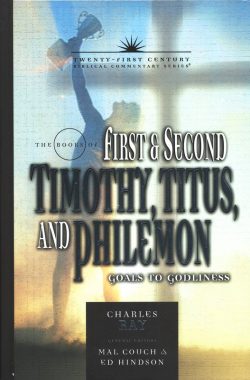
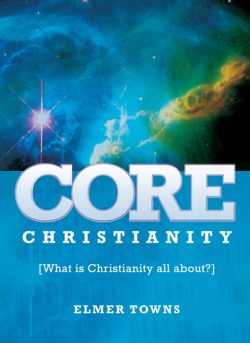

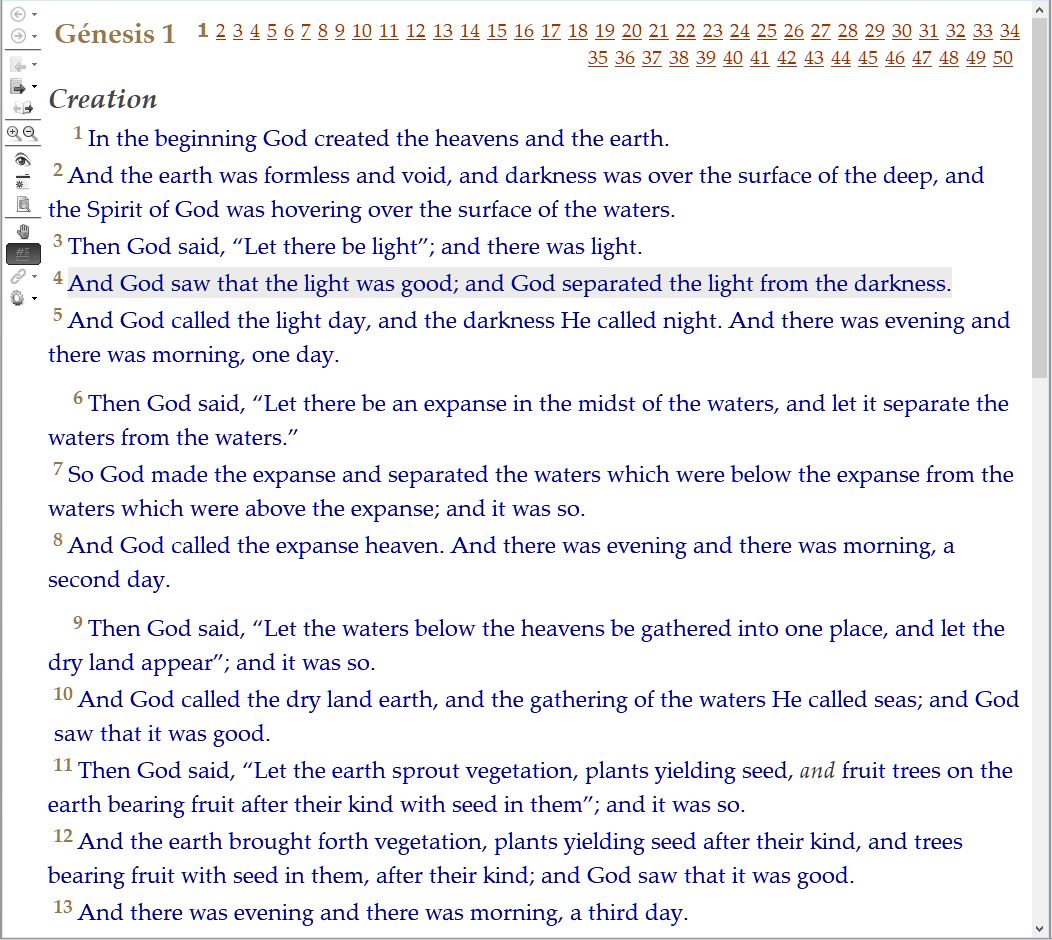

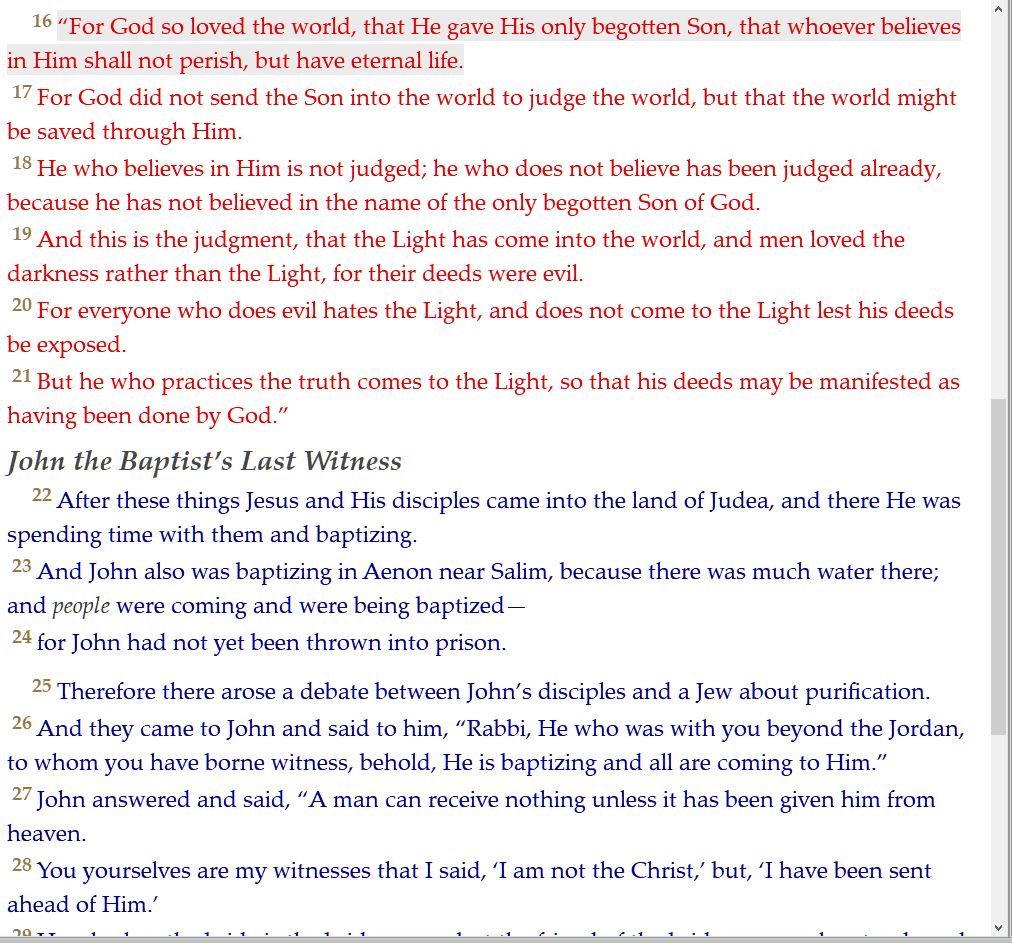
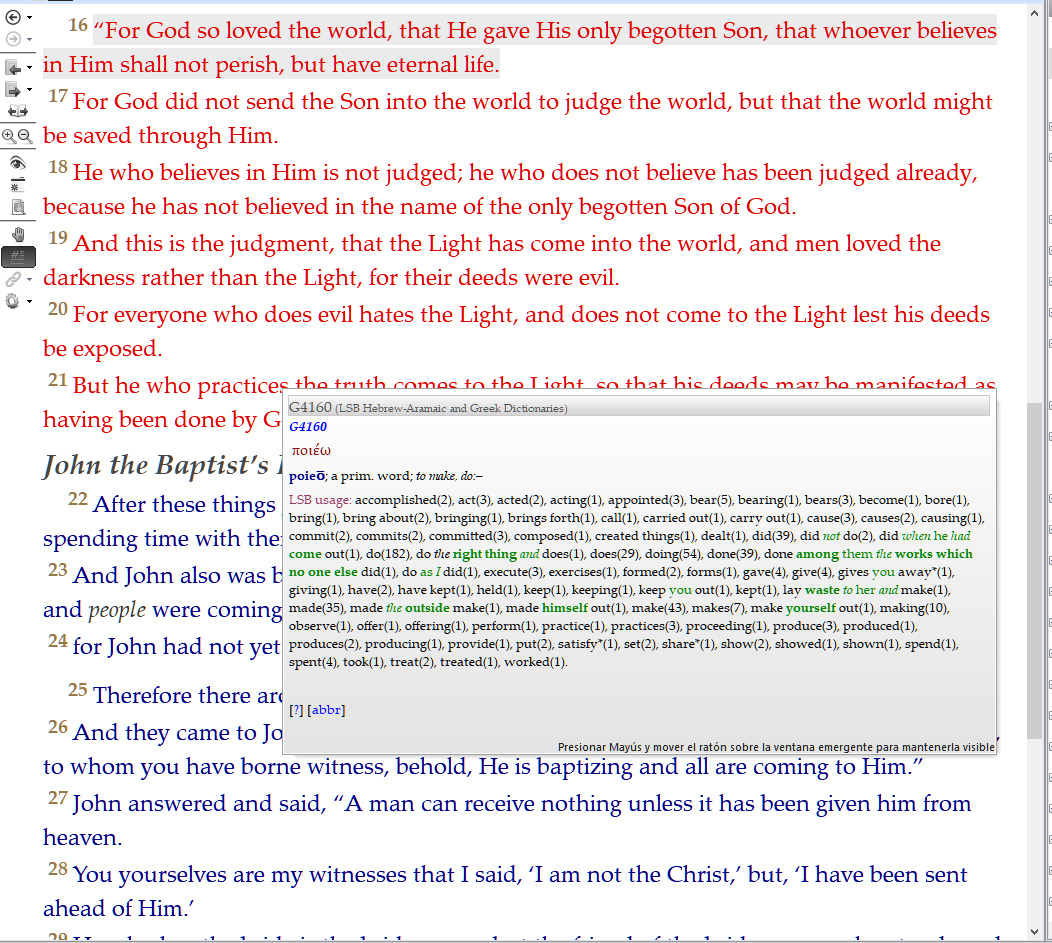

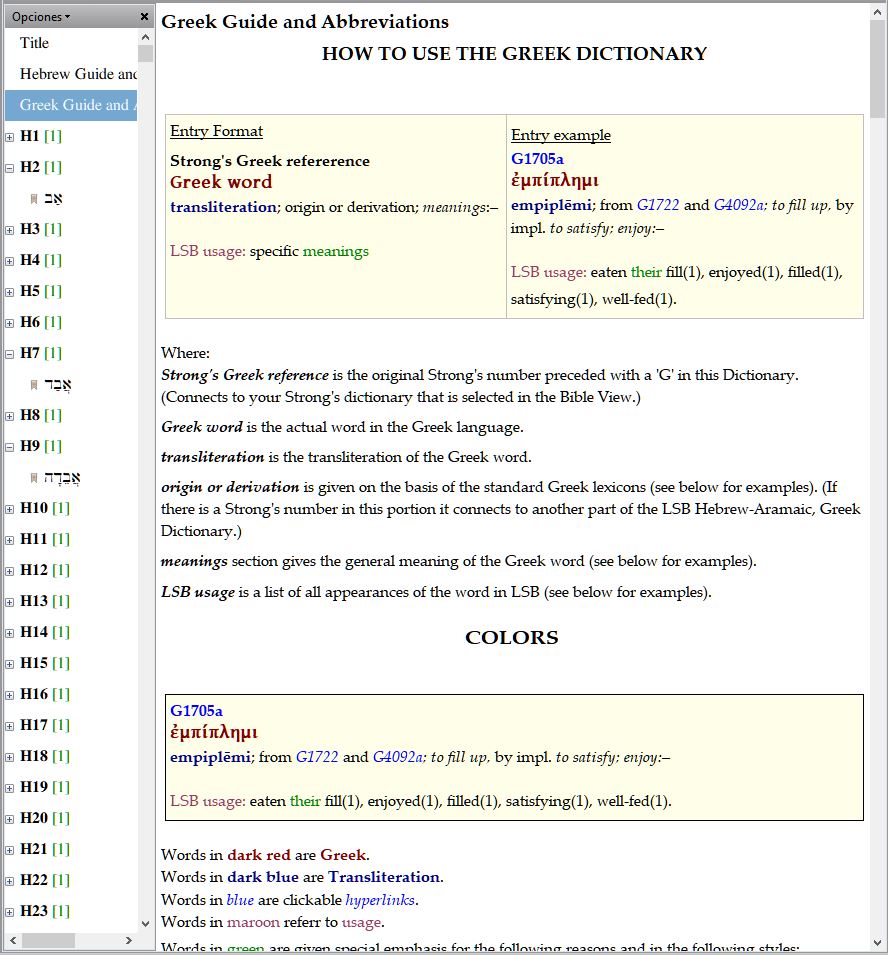
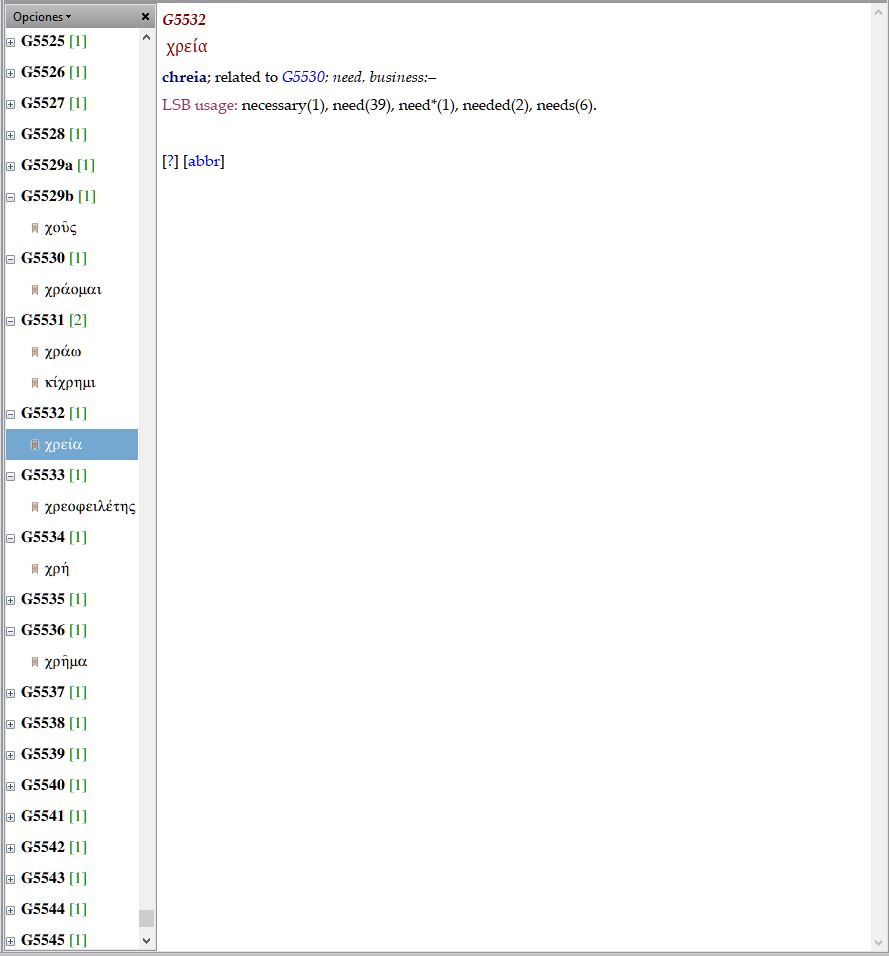
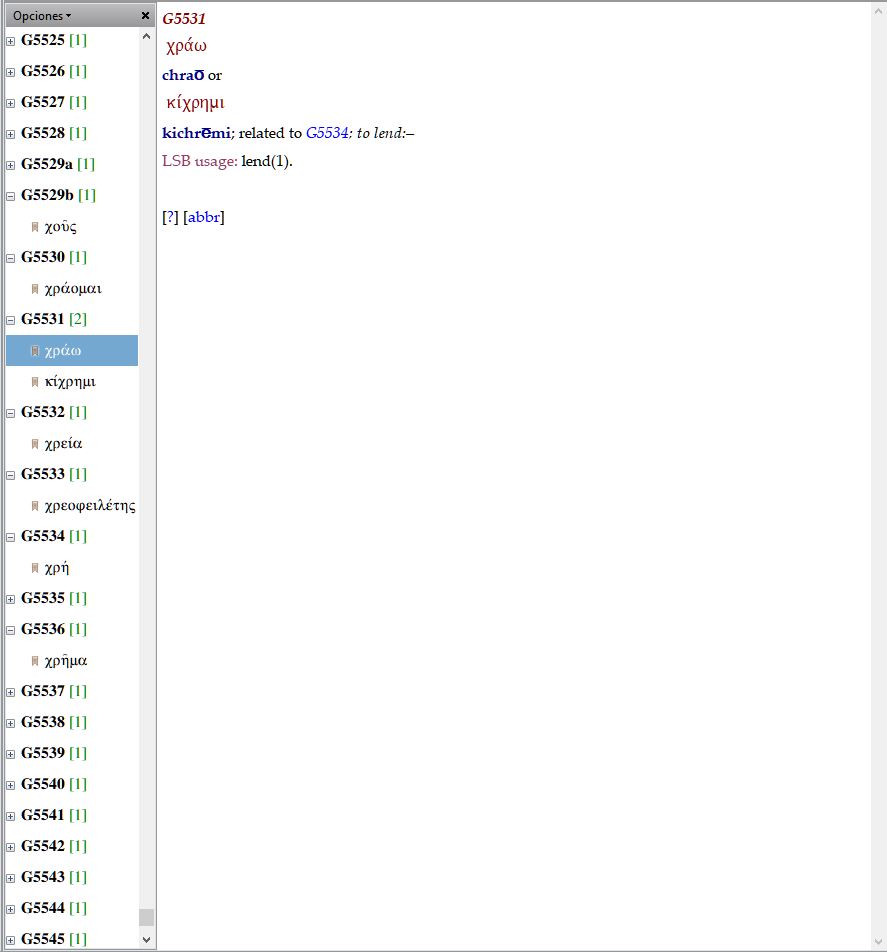
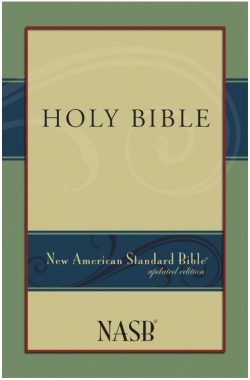
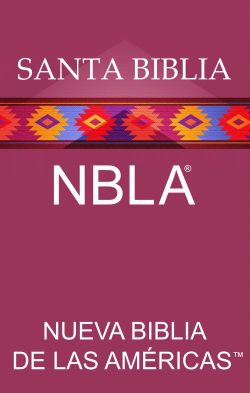
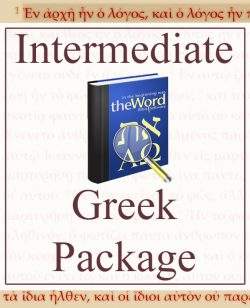
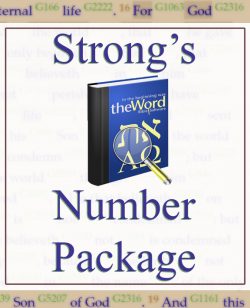
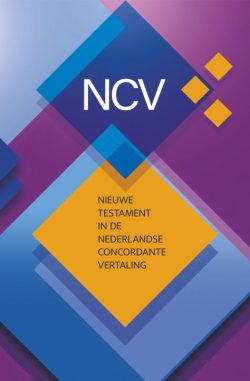

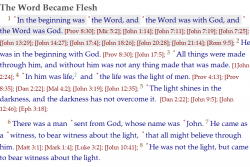
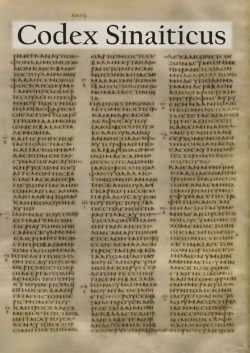
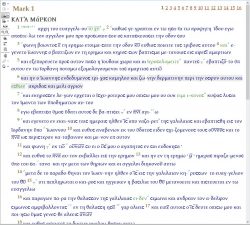
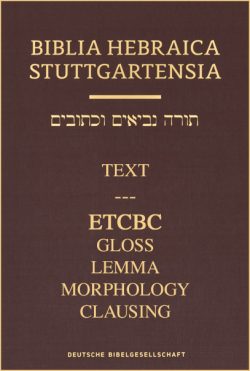
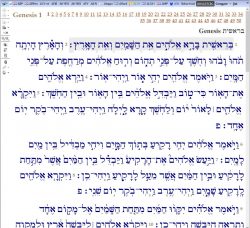
Pastor/Elder/Minister Package
$628.22$471.17